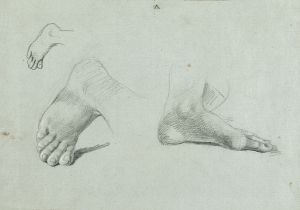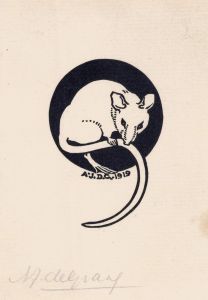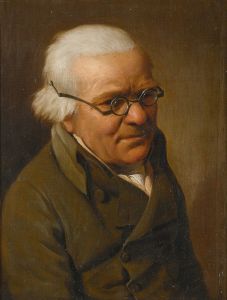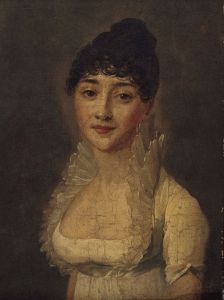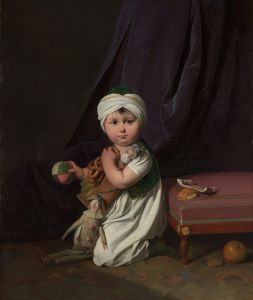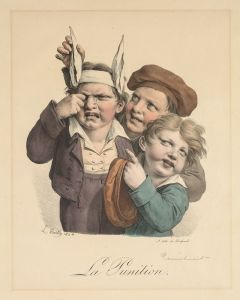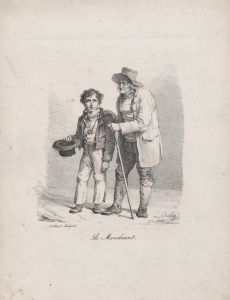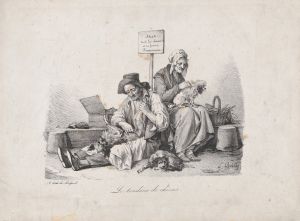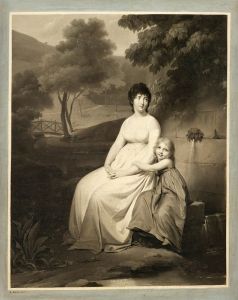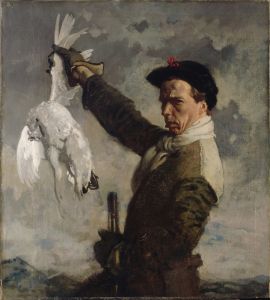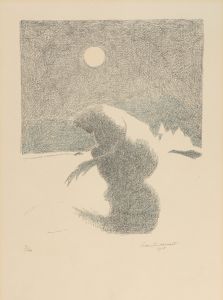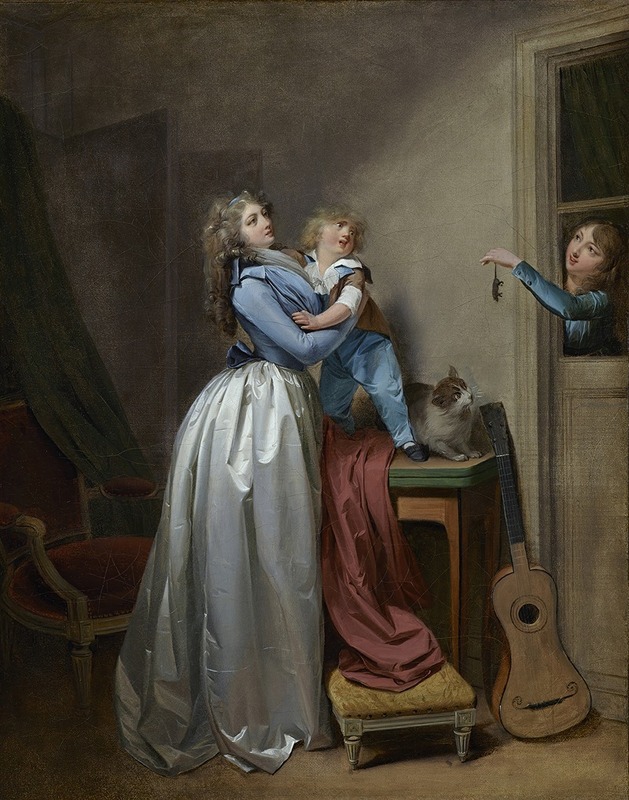
The Dead Mouse
A hand-painted replica of Louis Léopold Boilly’s masterpiece The Dead Mouse, meticulously crafted by professional artists to capture the true essence of the original. Each piece is created with museum-quality canvas and rare mineral pigments, carefully painted by experienced artists with delicate brushstrokes and rich, layered colors to perfectly recreate the texture of the original artwork. Unlike machine-printed reproductions, this hand-painted version brings the painting to life, infused with the artist’s emotions and skill in every stroke. Whether for personal collection or home decoration, it instantly elevates the artistic atmosphere of any space.
Louis Léopold Boilly was a French painter and draftsman, known for his detailed and vivid depictions of everyday life in France during the late 18th and early 19th centuries. One of his works, "The Dead Mouse," exemplifies his skill in capturing the nuances of human expression and domestic scenes.
"The Dead Mouse" is a genre painting, a category of art that depicts scenes from everyday life. Boilly was particularly adept at this genre, often infusing his works with a sense of humor and a keen observation of social interactions. This painting is no exception, as it portrays a young boy holding a dead mouse, with an expression that can be interpreted as a mix of curiosity and mischief. The painting captures a moment that is both mundane and intriguing, inviting viewers to ponder the story behind the scene.
Boilly's technique in "The Dead Mouse" is characteristic of his broader body of work. He was known for his meticulous attention to detail and his ability to render textures and surfaces with great precision. In this painting, the textures of the boy's clothing, the mouse, and the surrounding elements are depicted with a high degree of realism. Boilly's use of light and shadow adds depth to the composition, highlighting the boy's features and the mouse in his hand.
The painting also reflects Boilly's interest in the human condition and the subtleties of human emotion. The boy's expression is central to the painting, capturing a moment of innocence and perhaps a hint of childhood rebellion. This focus on expression and emotion is a hallmark of Boilly's work, as he often sought to convey the complexities of human interactions through his art.
Louis Léopold Boilly lived during a time of significant social and political change in France, and his work provides valuable insights into the culture and society of his era. "The Dead Mouse," like many of his paintings, offers a glimpse into the daily lives of ordinary people, capturing moments that might otherwise go unnoticed. Boilly's ability to elevate these everyday scenes to the level of fine art is a testament to his skill and his unique perspective as an artist.
Throughout his career, Boilly produced a vast number of works, and he was highly regarded in his time for his contributions to genre painting. His paintings are celebrated for their wit, charm, and technical excellence, and they continue to be studied and appreciated for their historical and artistic significance.
In summary, "The Dead Mouse" by Louis Léopold Boilly is a fine example of genre painting that showcases the artist's talent for capturing the essence of everyday life with precision and emotional depth. Through his detailed rendering and focus on human expression, Boilly invites viewers to engage with the scene and consider the narratives within his work.





